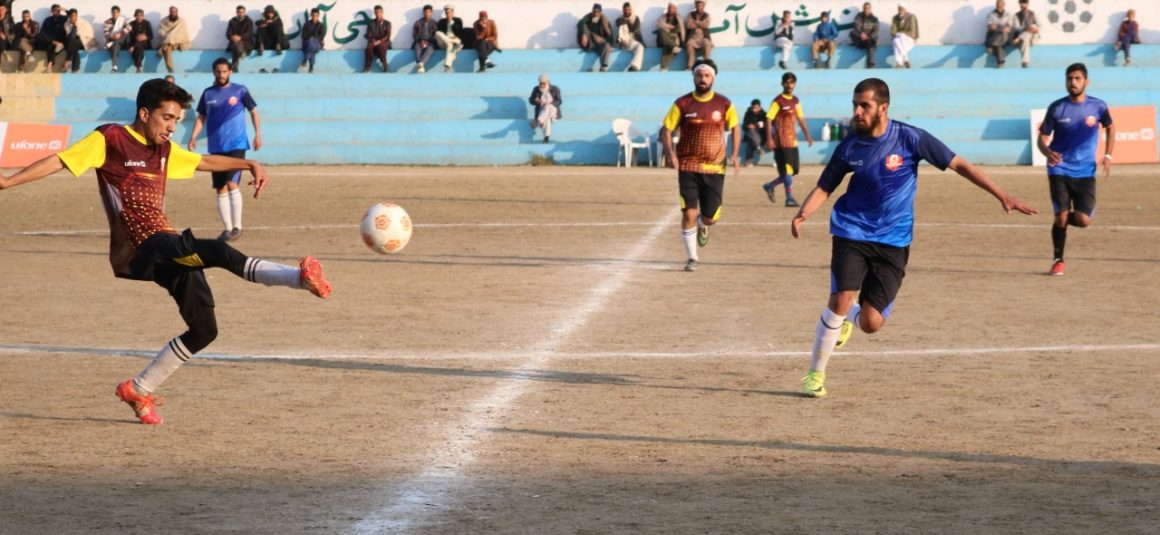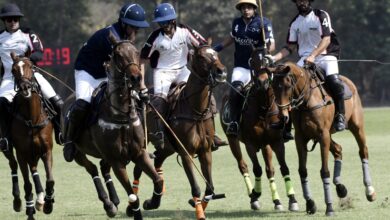The History, Rise, and Fall of Football in Peshawar


The History, Rise, and Fall of Football in Peshawar
Ghani Rahman

Football, once the crown jewel of sports in Peshawar and indeed all of Khyber Pakhtunkhwa, held sway over the hearts of the youth, surpassing even cricket in popularity.
This fervor birthed numerous talented players who graced the fields, igniting passion in both players and spectators alike. However, the sudden decline of football in Peshawar,
and across the province, warrants examination. In this report, we delve into the rich history, rise, and unfortunate fall of football in Peshawar.
The roots of football in Peshawar delve deep into the annals of the colonial era, when the British introduced the sport to the region. Over time, football permeated the cultural landscape, captivating the local population.
Even post-partition, football continued to thrive, with players from the region making their mark on the national stage. Peshawar’s footballing legacy was characterized by a dynamic era of enthusiastic participation and unwavering fan support, with countless talented players emerging from the city’s dusty fields.
Iconic venues such as Tahamas Khan Football Ground, Sambal Khan Stadium of Qayyum Stadium, Civil Quarter Ground, and Wazir Bagh Ground became hallowed grounds for the sport, hosting daily tournaments that drew crowds in the thousands, if not millions.
During its zenith, football in Peshawar flourished, surpassing cricket in popularity and captivating the imagination of the youth. The city became a breeding ground for talent,
with aspiring players honing their skills under the watchful gaze of devoted fans. The passion and skill displayed on the field electrified spectators, fostering a sense of pride and camaraderie among football enthusiasts.
However, the ascent of football in Peshawar was marred by the insidious influence of politics. As opportunistic individuals sought to capitalize on the sport’s popularity for personal gain,
football became embroiled in a web of political intrigue. Instead of serving as a vehicle for community development, football became a pawn in the game of power and influence, undermining its integrity and potential for growth.
Tragically, the unchecked politicization of football in Peshawar precipitated its decline. Rather than investing in talent development and infrastructure, attention shifted towards petty rivalries and power struggles. Neglect of once-thriving arenas, coupled with a lack of meaningful initiatives,
hastened the erosion of the sport’s foundation. Today, football in Peshawar languishes in obscurity, a mere shadow of its former glory, as apathy and indifference replace the passion and fervor that once defined the city’s footballing spirit.
The history of football in Peshawar is a tale of triumph and tragedy, of glory and neglect. While the sport enjoyed a golden age marked by boundless enthusiasm and unwavering support,
its decline serves as a stark reminder of the dangers of political interference and neglect. As stakeholders reflect on the past and contemplate the future,
concerted efforts must be made to reclaim the lost glory of football in Peshawar. Only through collective action and a commitment to the core values of the sport can Peshawar once again rise as a bastion of footballing excellence, uniting communities and inspiring future generations.




